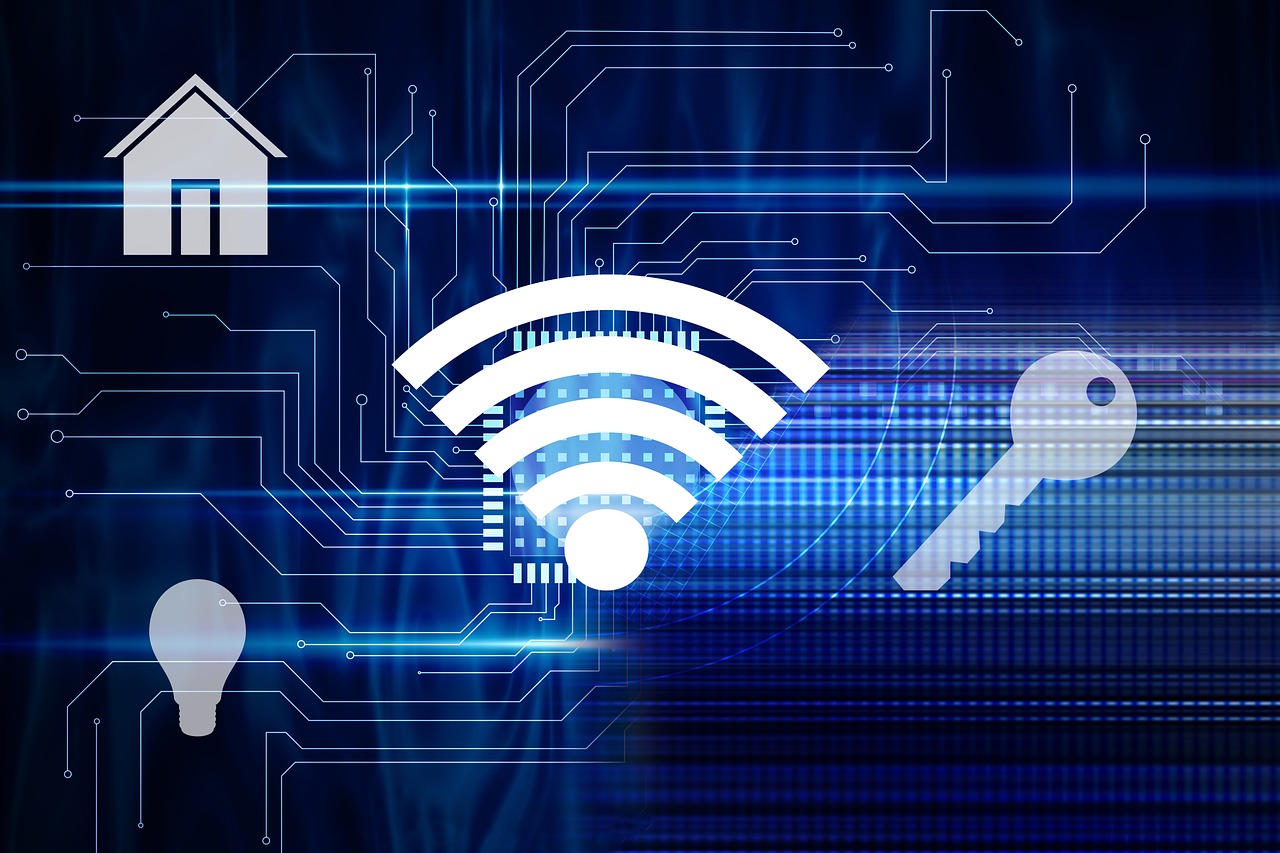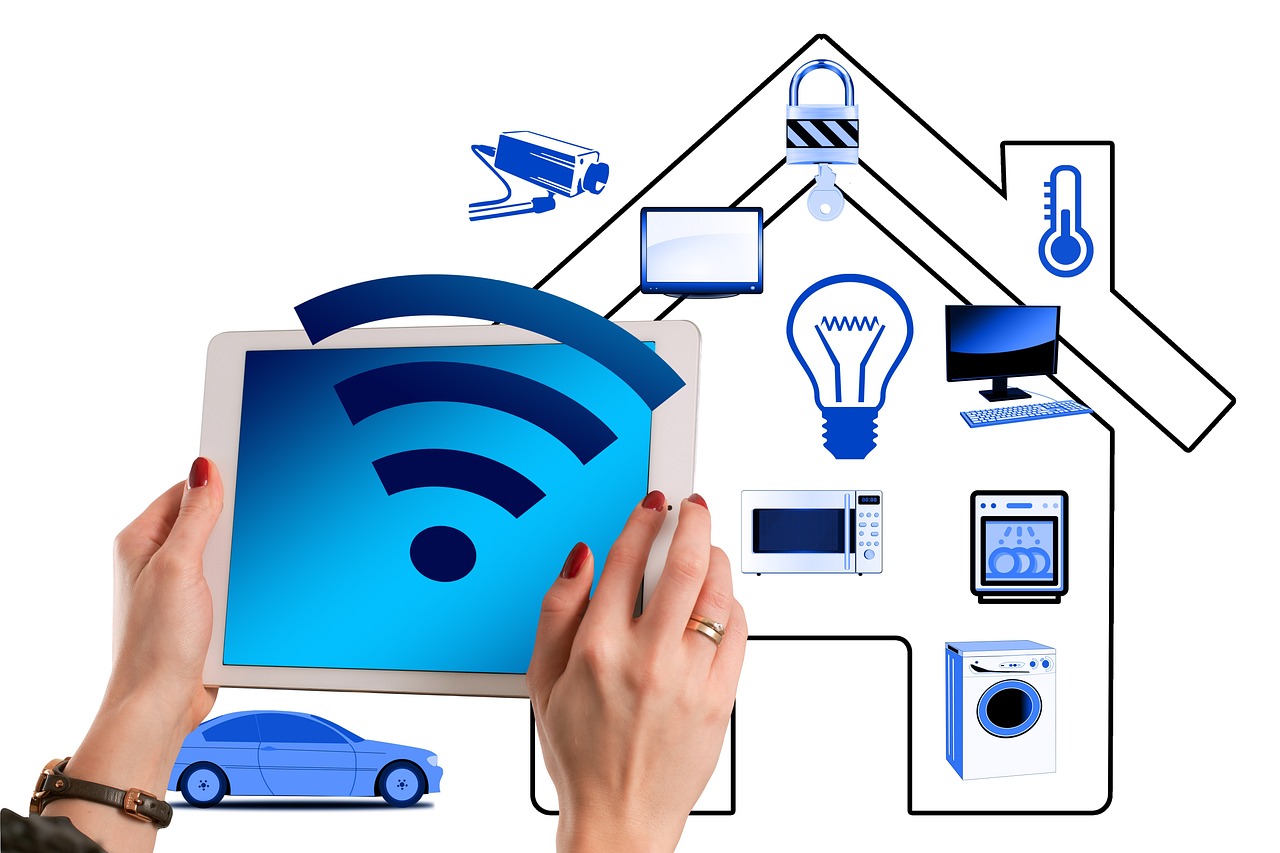
In today’s interconnected world, securing your home network is more crucial than ever. As our homes become increasingly filled with smart devices, from connected appliances to IoT gadgets, the risk of unauthorized access and potential security breaches escalates. Rogue devices on your network can slow down your internet speeds, compromise your personal data, and expose your entire home to malicious activities.
How to Identify Unauthorized Devices on Your Network
The first step in securing your home network is to identify any unknown or unauthorized devices that may have gained access. To do this, you’ll need to access your router’s administrative panel and review the list of connected devices.
Accessing Your Router’s Device List
To view the list of devices connected to your home network, follow these steps:
- Determine Your Router’s IP Address: The default IP address for most routers is either 192.168.0.1 or 192.168.1.1. If you’re unsure, you can usually find it printed on a sticker on your router.
- Open a Web Browser: Type your router’s IP address into the address bar of your web browser and press Enter.
- Log In to the Router Admin Panel: You’ll be prompted to enter the router’s username and password. The default credentials are often listed in your router’s documentation or printed on a sticker.
- Locate the Device List: Once logged in, look for a section labeled “Device List,” “Attached Devices,” or “DHCP Clients.” This is where you’ll find the list of devices connected to your network.
Common Router Login Steps:
- TP-Link: 192.168.0.1 > admin/admin
- Netgear: 192.168.1.1 > admin/password
- Linksys: 192.168.1.1 > admin/admin
Identifying Unknown Devices by MAC Address
Once you have access to the list of connected devices, you’ll need to identify any unfamiliar or suspicious entries. A good way to do this is by comparing the MAC addresses of the devices to those you recognize.
| Device | MAC Address Lookup |
|---|---|
| Windows | Open the Command Prompt and type ipconfig /all |
| iOS | Go to Settings > General > About |
| Android | Go to Settings > About phone > Status |
If you see any devices with MAC addresses that don’t match your known devices, those are likely unauthorized and should be addressed.
How to Block Unauthorized Devices

After identifying any suspicious devices on your network, it’s time to take action to block their access and secure your home Wi-Fi.
Changing Your Wi-Fi Password
One of the quickest and most effective ways to remove unauthorized devices from your network is to change your Wi-Fi password. This will instantly disconnect all devices, including the rogue ones, and require them to re-enter the new password to regain access.
To change your Wi-Fi password:
- Log in to your router’s admin panel
- Navigate to the Wireless or Security settings
- Enter a new, strong password that follows best practices (a combination of letters, numbers, and symbols)
- Save the changes and reconnect your authorized devices with the new password
Enable MAC Address Filtering
Another way to control access to your network is by enabling MAC address filtering on your router. This allows you to create a list of approved MAC addresses that are permitted to connect, effectively blocking any unauthorized devices.
Steps to Enable MAC Address Filtering:
- Log in to your router’s admin panel
- Look for the MAC Filter, MAC Access Control, or MAC Address Filtering section
- Enable the feature and select “Allow” mode to only permit devices on the approved list
- Manually add the MAC addresses of your authorized devices
Popular Router MAC Filtering Steps:
- TP-Link: Wireless > Wireless Security > MAC Address Filtering
- Netgear: Advanced > Security > MAC Address Filter
- Linksys: Wireless > Wireless Security > Trusted Stations
Use New Device Notifications
Some routers offer a feature that allows you to receive alerts whenever a new device attempts to connect to your network. This can be a helpful way to stay informed about any unauthorized access attempts and take immediate action.
Additional Security Measures to Prevent Unauthorized Access

While identifying and blocking rogue devices is a crucial step, there are additional security measures you can implement to further strengthen the protection of your home network.
Disable WPS (Wi-Fi Protected Setup)
Wi-Fi Protected Setup (WPS) is a feature that allows users to quickly connect new devices to the network without entering a password. However, this convenience comes at the cost of security, as WPS is vulnerable to brute force attacks. Disabling WPS in your router’s settings can help prevent unauthorized access.
Keep Router Firmware Updated
Regularly updating your router’s firmware is essential for maintaining the security of your home network. Router manufacturers release firmware updates to address known vulnerabilities and improve overall performance.
| Router Brand | Firmware Update Links |
|---|---|
| Linksys | https://www.linksys.com/us/support-article?articleNum=138142 |
| Netgear | https://www.netgear.com/support/download/ |
| TP-Link | https://www.tp-link.com/us/support/download/ |
| Asus | https://www.asus.com/us/support/ |
Monitoring Your Network for Future Security
Securing your home network is an ongoing process. Regular monitoring and vigilance are essential to maintaining the integrity of your network and protecting your personal information.
Regularly Check Connected Devices
Periodically review the list of connected devices through your router’s admin page to ensure no unauthorized devices have gained access. You can also use network scanning tools or mobile apps to automate this process and receive alerts about new connections.
Use a Strong Wi-Fi Password
As mentioned earlier, using a strong, unique password for your Wi-Fi network is crucial. Follow these best practices to create a secure password:
- Include a mix of uppercase and lowercase letters, numbers, and symbols
- Avoid personal information, common words, or sequential patterns
- Use a password manager to generate and store unique passwords for all your accounts
Conclusion
Securing your home network against unauthorized access is a critical step in protecting your personal data, maintaining optimal internet performance, and preventing potential misuse of your network. By identifying unknown devices, blocking rogue connections, and implementing additional security measures, you can effectively safeguard your home Wi-Fi and the connected devices within.
Remember, vigilance and proactive monitoring are key to maintaining the integrity of your network. Stay informed, keep your router firmware up to date, and regularly review the list of connected devices to ensure your home network remains secure and free from any unauthorized access.
